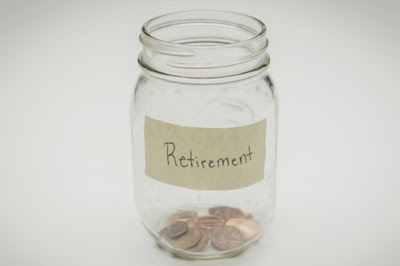
The stock market has recorded another new all-time high. Volatility as represented by the VIX, is in the single digits and unemployment is at 2001 levels. As an investor, it tends to make you feel all warm and fuzzy. Before we get too complacent let’s consider the seemingly unnoticed 800-pound gorilla in the room: Baby Boomers. They’re now turning seventy at the rate of 1.5 million per year and have been the greatest consumers in the history of the world. This generation has played a big factor in the tremendous expansion of economic growth in America. But that is all beginning to change, and in my opinion, will begin to be a drag on the economy. History shows us very clearly that as people approach seventy their income and spending decreases sharply. They buy fewer cars, spend less on clothes, eating in restaurants and on entertainment. While they also down size their homes, a significant problem exists for the Baby Boomers, all or most of the savings listed above is being eaten up by soaring health care costs.
Thirty years ago, the 65+ crowd would expect to retire on a pension and shift their portfolios from riskier stocks to more secure bonds, as 4% to 6% percent bond yields provided security and a comfortable life style for many. Unfortunately, that hasn’t happened for the Boomers. Instead, our government has run up $20 trillion in debt to pay for entitlement programs they promised their electorate. The 1% government engineered bond yield that the Fed has locked in to pay for this great experiment over the last eight years just does not provide the necessary returns. In the 1980’s corporate pensions funds existed in 60% of large to mid-sized corporations. Today, the private sector pension plan has gone the way of the Dodo bird. Only 4% of corporations offer a meaningful pension plan. While the public sector still has pension plans for employees at the Federal, State and local level, the preponderance of those plans are dramatically underfunded. Most estimates are that these programs are currently underfunded to the tune of $2 trillion and climbing, despite one of the biggest bull stock markets in history. Simple math indicates that government retirement plans at the state and local level, will see some form of default. Promises were too generous and resources are too scarce.
Boomers are desperate for reliable and recurring cash flow. As a result, they are working longer. In fact, the 65+ age group is the fastest growing group in the work force. They are competing for jobs that would normally go to younger workers, so while there is a tight labor market, there is no acceleration in salaries.
Lack of yield has also resulted in the allure for the stock markets where dividends are out-performing “junk bonds” in many instances. Massive inflows into dividend stocks have left valuations sky high. Historically, seniors would be moving out of stocks and into the security of bonds. Seniors are not the ideal stock investors. They don’t really have a decade to wait for the market to come back from a meaningful correction. To make matters worse they have not saved enough. Government studies show that half of the Boomers have less than $100K in total financial assets. Many just don’t have the staying power to ride out even a moderate down turn. The next market correction could result in a lot of dividend stock traders trying to scramble through the same small door at the same time.
If you are interested in ideas on lowering the risk in your stock portfolio, please contact us for an in-depth personal evaluation and plan that you probably won’t get from your stock broker. There is absolutely no cost or obligation.
Tom Reavis
President
Worldwide Capital Strategies
The content of this article is based upon the research and opinions of Tom Reavis.
